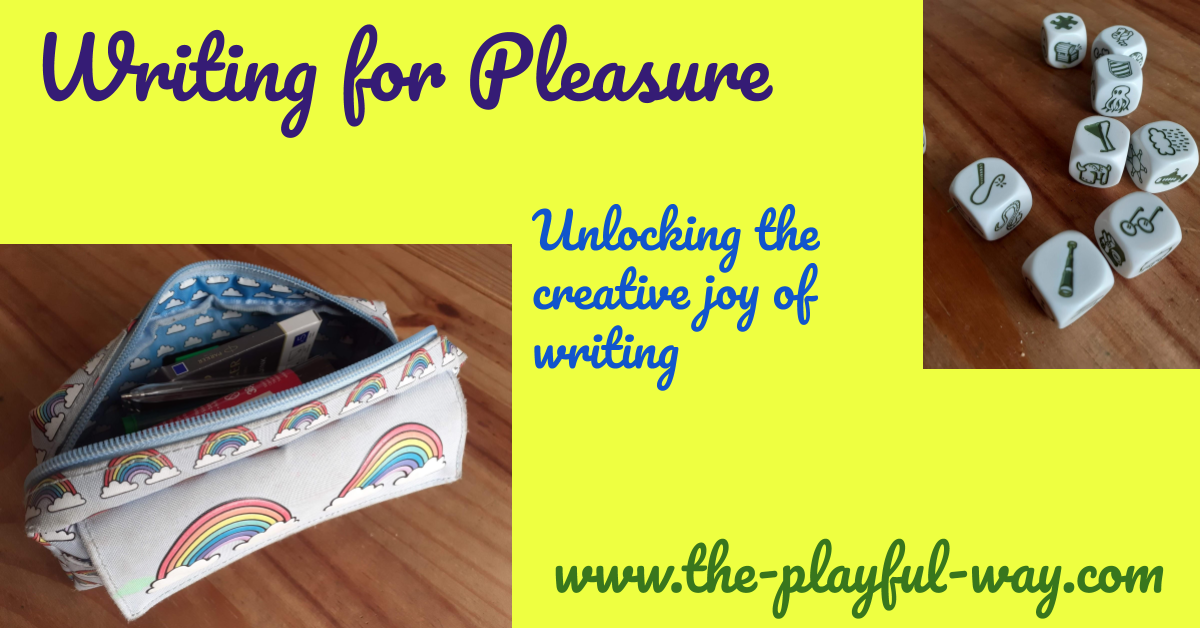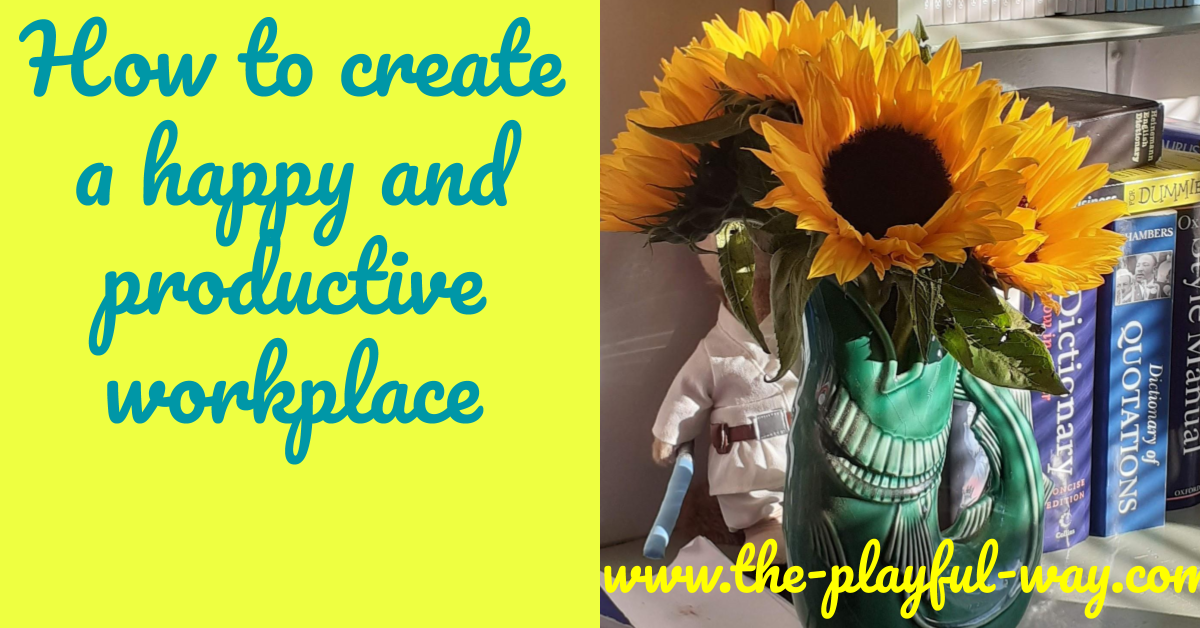

As a society we have just been through (and are still dealing with) a global crisis the like of which hasn’t been seen for a century. Across the world schools and businesses have been closed and movement and socialising have been restricted in an attempt to slow the spread of the covid-19 virus. This virus can cause no symptoms in many, but can be deadly to others. We know that play is crucial to social development and learning, so what is the impact of covid on children’s social development? What effect has this crisis had on playfulness, and where do we go from here?
Where play suffered
When you think about what play is, you realise that this crisis will inevitably have had an impact on it. Play is spontaneous, internally motivated and creative. Play is undertaken for the joy of the activity.
For several months our children have been stuck at home, unable to socialise with their peers, unable to visit play-parks. For some, this has meant being confined in a dwelling or flat, while others have had access to gardens and the countryside. Parents have been anxious about the risk of infection for themselves and loved ones, but also about the security of their jobs as businesses have been closed for protracted periods, and dealing with the stress of supporting their child with learning at home while the schools have been closed.
With little option, and in many cases having to use this for school work too, many children have turned to their screens for solace.
There are children out there who may fall into one or more of the following groups:
- key worker or vulnerable children who have been at school throughout the crisis, sitting at individual desks and separated at play-times.
- children who have been at home with parents who have been supporting multiple children while also attempting to work from home.
- children who have been at home with parents who are extremely anxious about either the virus or financial instability
- children who have been parked in front of a screen throughout the crisis
- children who have suffered loss and grief because of the covid crisis.
- children for whom home is not a safe place – perhaps due to poverty, homelessness, addiction or abuse.
These children will have experienced some form of play deprivation during lock-down.
Where play has triumphed
Necessity is indeed the mother of invention, and boredom can often be a catalyst for creativity. Where parents have been furloughed (at home but not working) and where there are siblings, there has been time to build relationships and play in a way that may never have been possible before in our over-timetabled society.
Many people and companies have shared their resources for free to give parents ideas and activities to do indoors with their little ones. It’s possible that some families have realised that play doesn’t have to be a bought-in, organised commodity relying on foam filled climbing frames and ball pits. They have enjoyed spending time with one another and have discovered their playfulness.
Children in these groups:
- children with siblings to play with
- children with at least one parent at home who is not having to work (either stay-at-home parent or furloughed) who has the inclination to spend time playing with the child
will have done much better both with their academic work learning from home, but also with the ability to be creative, to socialise, to come up with new activities and ideas.
Where do we go from here?
There’s a pretty huge gulf opened up during this crisis both financially, academically and socially. We can’t even begin to count the psychological and social cost this pandemic has had on our children until things begin to return to normal in September and perhaps we won’t truly know for many years. It’s true that children are resilient. However, it is widely known that childhood is key for building social skills, for developing creativity and for developing neural pathways. History has shown that children who are deprived of play have psychological and social problems as adults (an extreme example, but many children who spent time in Romanian orphanages in the 1980s have still got psychological and social problems as adults, even after 30 years living in loving adoptive families). Our children have been deprived of play and of wider social interaction for several months, at a crucial time in their development.
Our priority needs to be to get children playing again. Of course, we want to ensure that they are safe, and we want to avoid transmission of this dreadful virus, but to reduce the impact of covid on children’s social development has to be a priority.
“Our priority needs to be to get children playing again.”
If you can’t get out of the house, set up a video call with a group of friends, preferably with a couple of games or craft activities pre-arranged so they can play and interact in a positive way. Another alternative would be to initiate a creative task, for example creating an imaginary world. They can work on it separately but share their creations. For example, one person could draw a map, another could create characters and then they could email one another with stories based in this world. Even better if it leads to model making and a game that could continue once they are able to meet up again.
If you can get out of the house, do so. Go and play in the woods. Set up a picnic and let the children play. A few children with some trees and sticks won’t need much prompting for play, but if in doubt read the stories of Robin Hood, Winnie the Pooh or Red Riding Hood before you go. A little nudge for the imagination should provide enough ideas for hours of play!
If you have a garden, invite a few of your child’s friends over. Remind them of the importance of social distancing and hand-washing, and then let them play. If they are a little unsure what to play (and seem to be hanging around looking for inspiration) then create a fort / tent using old sheets and an airer, create a potion station using some jam jars and a pestle and mortar, get out a box of cars or lego and then just watch them play.










